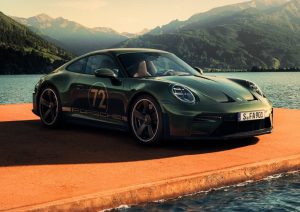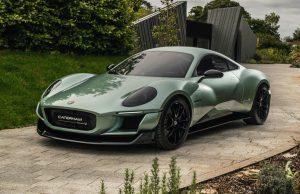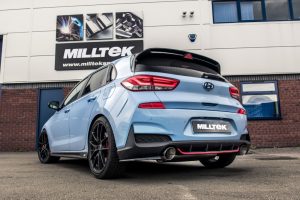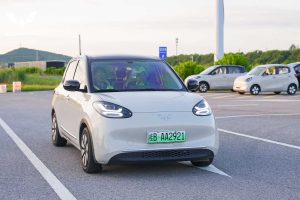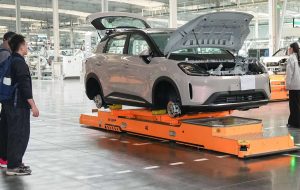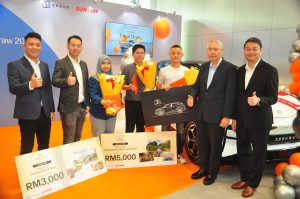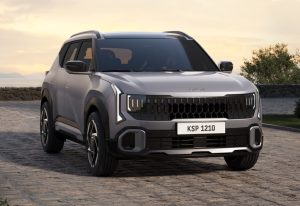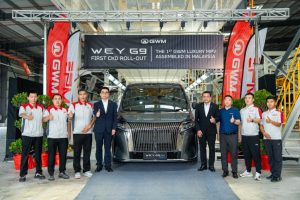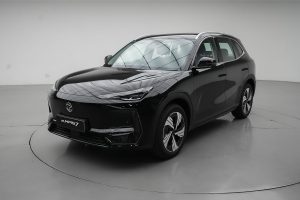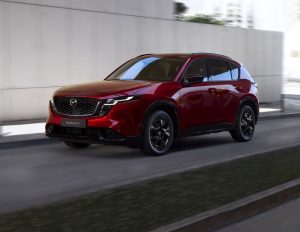Riding a motorcycle for the first time without using a clutch lever feels unnatural, almost like learning to ride all over again.
But that’s exactly what Honda’s new E-Clutch system on the CB650R offers — an experience that merges traditional riding thrills with modern convenience.
What is E-Clutch?
The E-Clutch is unique to Honda and basically means you do not need to use the clutch lever for starting, stopping or going up and down the gears.
The E-Clutch technology takes elements from the quick shifter, manually operated clutches and Honda’s unique Dual Clutch Transmission (DCT) technology.

With a CB650R loaned from Honda BigWing Damansara (Fast Bikes), we set out to review the bike and unravel the mystery of the E-Clutch.
The CB650R priced at RM47,999 (price excludes registration and insurance) has been around last 10 years.
Fast forward to present, Honda nailed the Neo Sports Cafe design philosophy with the CB650R.
The bike exudes a premium, muscular stance with its round LED headlamp, sculpted fuel tank, and exposed engine.
The bronze-coloured engine casings add a touch of class, while the overall design remains aggressive yet refined.

The compact tail section and underbelly exhaust give it a tidy, minimalist look.
However, Honda could have been more generous with the TFT display, as it still features a somewhat basic LCD screen.
The seating position strikes a balance between sporty and upright, making it versatile for both city commutes and long rides.
At 810mm seat height, it’s accessible for most riders, but taller riders may feel slightly cramped.
The saddle itself is firm, which was great for short spirited rides and I expected to be bit stiff after extended highway cruising.

However, riding to Ipoh and back from Kuala Lumpur, it was surprisingly comfortable.
The 649cc inline-four engine is a gem that delivers 94hp at 12,000 rpm, making it one of the most exciting middle-weight naked bikes.
On the highway, it pulls effortlessly, and overtaking is a breeze thanks to the strong mid- to top-end powerband.
The absence of a clutch lever meant I could focus entirely on throttle control, and the E-Clutch system seamlessly handled the shifts — whether aggressive or relaxed.
Wind protection is minimal and any speed above 140kph will get you holding on tight against the windblast.

As a naked bike, it lacks a windshield, but adding a flyscreen may help reduce buffeting and keeps the riders head from being tossed around.
If there’s one thing the CB650R does well, it’s carving corners.
The chassis is well-balanced, and the weight (203kg) is distributed nicely, making it easy to flick from side to side.
The bike remains planted even when pushing hard through twisty mountain roads.
The Showa Separate Function Fork (SFF) offer good front-end feel, absorbing road imperfections while maintaining stability.

The E-Clutch system took some getting used to in the corners.
Initially, my instinct was to grab the clutch while downshifting, but after a few kilometres, I started to trust the system.
The downshifts were smooth and predictable, with none of the abrupt jerks that some quick shifters can cause.
The single difficult thing to do at first is telling myself from pulling in the clutch when I come to a stop, and admittedly even after all day on the bike I still did so occasionally out of habit.
The dual 310mm front discs paired with Nissin radial callipers deliver excellent braking performance.

There’s plenty of bite without feeling overly aggressive, and the ABS kicks in smoothly when needed.
I deliberately tested emergency braking at around 100kph.
The combination of strong front brakes and a well-tuned rear disc brought the bike to a stop quickly and without drama.
The bike remained composed, with minimal fork dive, thanks to the well-calibrated suspension.
The E-Clutch system did not disengage abruptly, which was a concern I had before trying it out.

The Showa SFF front forks and rear monoshock are set on the firmer side but still absorb bumps well.
It performs excellently in spirited riding scenarios and for rough city roads it is decent.
Adjustability is limited to rear preload, which is a downside for riders who prefer fine-tuning.
The E-Clutch is undoubtedly the highlight of this bike.
Shifting gears without a clutch lever felt strange at first, but I quickly adapted.

The system is buttery smooth, making both upshifts and downshifts effortless.
Whether riding aggressively or cruising, it worked seamlessly.
However, riders who love the engagement of a traditional clutch like me, might find it lacking a certain connection to the bike, maybe its all in the head.
I am able to choose manual clutch control of the six-speed gearbox, like normal or select E-Clutch via the TFT screen and leave the clutch lever alone.
That’s it.

Setting off from a standstill, shifting up and down, and coming to a stop, all I needed to do was operate the gear lever.
The E-Clutch does the rest.
If at any time I wanted to use the clutch, I need not select anything, just use the lever and I am are back in control.
The E-Clutch can be turned off completely via the TFT screen.
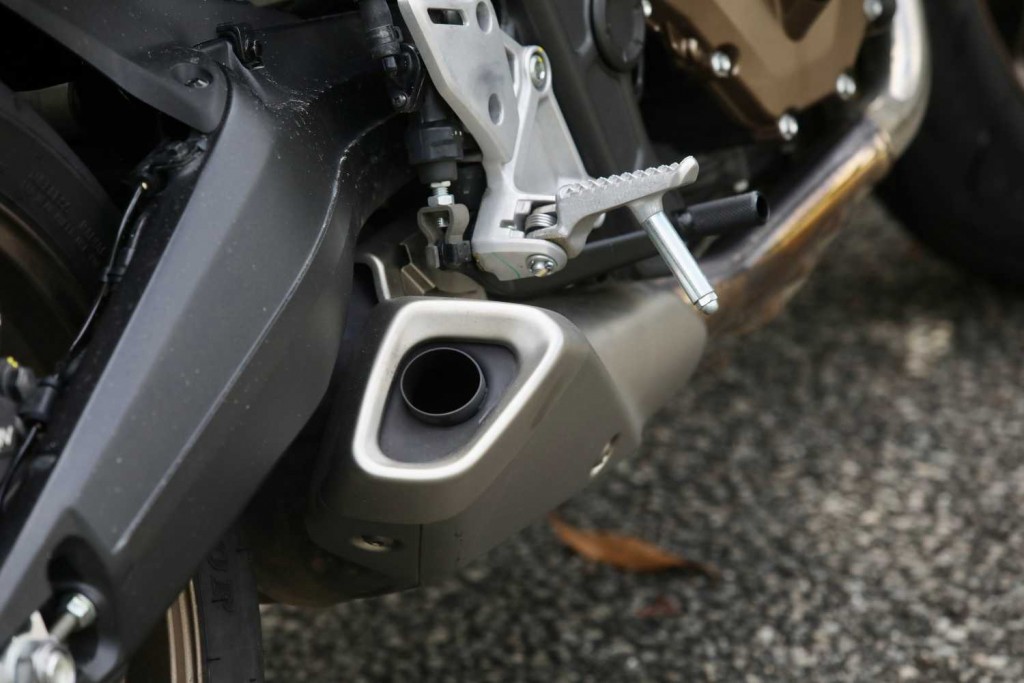
The E-Clutch makes daily commuting effortless by eliminating the need for constant clutch modulation, reducing hand fatigue in stop-and-go traffic.
It offers a smooth, seamless shifting experience, perfect for urban riding where frequent gear changes are required.
On long highway rides, it enhances comfort by allowing riders to focus solely on throttle control without worrying about the clutch, making high-speed cruising more enjoyable.
While traditionalists may miss the tactile engagement of a manual clutch, the E-Clutch proves to be a game changer for riders seeking convenience, smoother operation and reduced strain, especially in congested city conditions.
SPECIFICATIONS
Honda CB650R E-Clutch
Engine: 649cc, liquid-cooled, 4-stroke, 16-Valve, DOHC, inline 4-cylinder
Maximum power: 95hp at 12,000rpm
Maximum torque: 63.3Nm at 9,500rpm
Transmission: Six-speed
Suspension: Front Showa 41mm upside down fork; rear mono with 10-stage pre-load adjuster, aluminum cast swingarm
Brakes: Front dual 310mm x 4.5mm disc with Nissin radial-mount four-piston callipers, ABS; rear single 240mm x 5mm disc with single piston calliper, ABS
Fuel capacity: 15.4 litres
Wet weight: 203kg
Price: RM47,999 (excluding registration and insurance)

